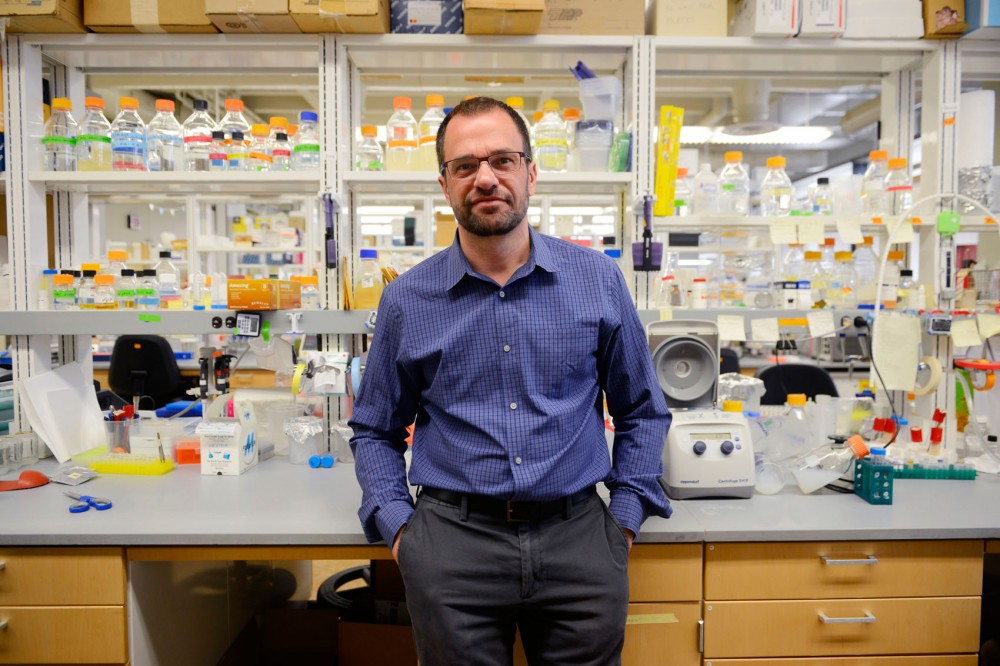As the University of Minnesota fights a patent lawsuit of its own, one of the school’s researchers is using a piece of technology that’s the subject of a different legal battle.
Genetics, cell biology and development professor Daniel Voytas secured a licensing deal earlier this month to use gene-editing technology in plants.
The technology, CRISPR/Cas, allows scientists to replace DNA letters with extreme precision. The method is changing the way genomes are engineered in things like plants and mice — and it’s at the center of legal dispute that could take years to resolve.
Voytas hopes to apply the technique in plants.
But while he works with the technology to modify crops like soybeans, scientists from the University of California-Berkeley, the Broad Institute of the Massachusetts Institute of Technology and Harvard University are contending over who first invented the technology Voytas’ research is based on.
The United States Patent and Trademark Office used to award patents to whichever party filed first, said University law professor Tom Cotter.
But in March 2013, the office adopted a policy that was more common in other countries that bases patent awards on time of invention.
The Regents of the University of California asked the patent office to determine who invented the technology earlier this month.
“An invention involves conceiving the idea and reducing it to practice,” Cotter said. “The first person to reduce to practice is usually considered the first to invent, but the other one can try to rebut that.”
Laboratory notebooks and the timelines recorded in them are usually used to determine which researcher was the first to invent a technology, he said.
Experts say it’s too early to speculate about which party will win the rights to the technology and whether it could impact Voytas’ progress.
“It’ll be some time before we understand the lay of the land and the U.S. Patent and Trademark Office has had time to consider these applications,” Voytas said.
Voytas has some experience with disputes in his other inventions. He filed for a patent for TALENs, another gene-editing technique, but other scientists filed patents at about the same time for similar work, he said. In that case, the patent office issued multiple patents.
Many say gene-editing techniques promise to revolutionize crops from the farm to the grocery store.
“It’s really becoming a cornerstone [in plant science],” Voytas said.
At the University of Minnesota, intellectual property is fiercely protected. The school sued the largest wireless service providers in the country in November, citing a patent violation on technology that makes their communication speeds faster and more reliable. That case has yet to be resolved.
Nearly 60 percent of the patents the University files are inventions in life science, like the technology Voytas is using, said Jay Schrankler, the Office for Technology Commercialization’s executive director.
The University gives an incentive to inventors — one-third of the profits from patent goes to the inventor, Schrankler said.











